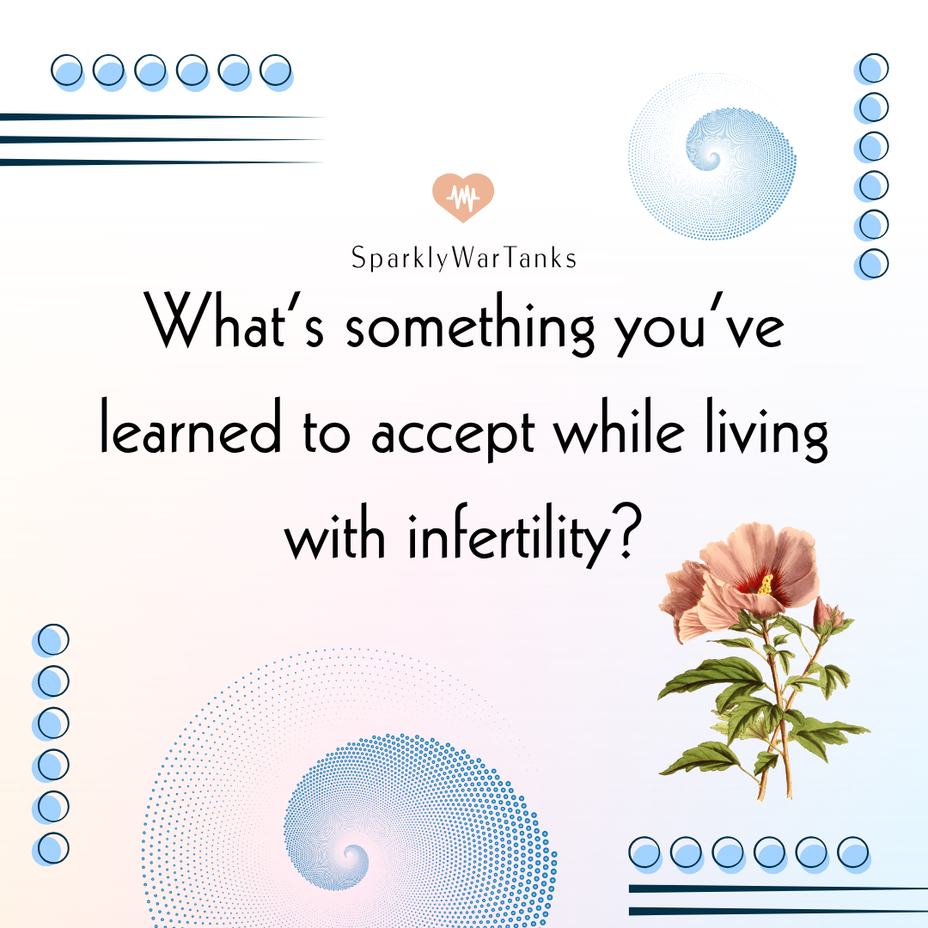To say my life is vastly different from anyone I know is the biggest understatement in the history of understatement. All those I graduated with have almost reached 30 years of life.
I feel the divide of our similarities widen now more than ever. It gets more and more devastating to me each few months especially as new health problems seem to come at least twice a month.
Every single doctor I have come across here in S.C. has never heard of my Ehlers-Danlos Syndrome. I have taught 50+ doctors and 150+ nurses about this diagnoses. And that isn’t even my biggest or worst health problem, though it will be with me forever.
Because of that I feel some relief knowing I will never be able to pass these horrible hereditary genes to any poor unsuspecting mini me. And then the hurt explodes that I will never be able to have a future mini me.
I adore each picture of a baby that all of those I grew up with post. So many little ones that look just as their parents did at their age. A smile I can’t help but have as a new addition to the population appears in the world, and memories of their likeness in my class many years ago plays through my mind.
It is so amazing and heartening to see each and every one of you grow as people as you become parents. You THRIVE.
My heart aches deep and low knowing I can never commiserate on going through pregnancy, maternity photos, new parent long nights and each new year birthday and school photos. It feels as though my heart has been ripped out knowing I will never get to introduce my parents to a grandbaby from me or make my brother and sister aunt and uncle to a child I brought into the world.
Jokes and laughter do their best to convince me it is all okay and that the divide between me and everyone else in the world is no big deal when my writing and words can create a large sturdy bridge so everyone can understand my side of things.
But those quiet moments alone with just you and your child, I won’t get those. Each day you wake up, get to shower, make breakfast, go to work, make memories out in the world, I don’t get that.
My life is 99% spent in my room in bed sleeping with excruciating pain waking me just so I can take my many medications-60 pills a day-try to choke down at least a teeny bit of food so my nausea can be lessened by a sliver, and then go right back to bed. I miss out on LIVING. I have gone way past my limit of painful existence just to try desperately every thing possible to improve my health. But doctors cost me so much more than I have ever gained in my full 28 years. Those who waste my living time by refusing to help me, refusing to do anything to decrease the pain that so haunts and tortures me millisecond by millisecond. Years go by wasted being spent with doctors I pray will help me just once but they scoff, being not one bit bothered by my discomfort and ocean of tears.
This is the healthcare the world has been building. And I, for one, have never wanted so badly to LIVE when I am being told to not exist.
I don’t get to go to work and do what passion I love most of all. I don’t get to go to a home I own in a car I love at the end of the day. I don’t get to spend time with friends or family not because I don’t want to but because my body won’t let me. The freedom of choice in my life is almost nothing. Claustrophobia in a tiny room I exist in is not an existence anyone would choose. I don’t even get to go to more school as my health is so negatively unpredictable. With home health care at last I don’t have to expend everything in me just to try to get dressed for the day and making my hair presentable.
Each of those medications is so necessary and yet each side effect possible and those doctors say aren’t, torment me even as they half help me. Beggars can’t be choosers.
I want so badly to be content as I savor scraps of joy every few months. But as time passes, so does any tiny dream I ever let slip out of my eyes and drip down my face.
All of us with bad health or no health want nothing more than to pretend everything is okay and that we have the same happiness and freedom that is suppose to be a God-given right to each child that comes into this world.
But at least to a small part of me, infertility is not the worst thing for a chronically ill chronically in pain girl with a chronically failing body.
Please, savor each moment you have to live, go to work, be with your kids and spouse, make memories or take vacations to places far away.
Because once your health starts to fade, it is near impossible to get back.


